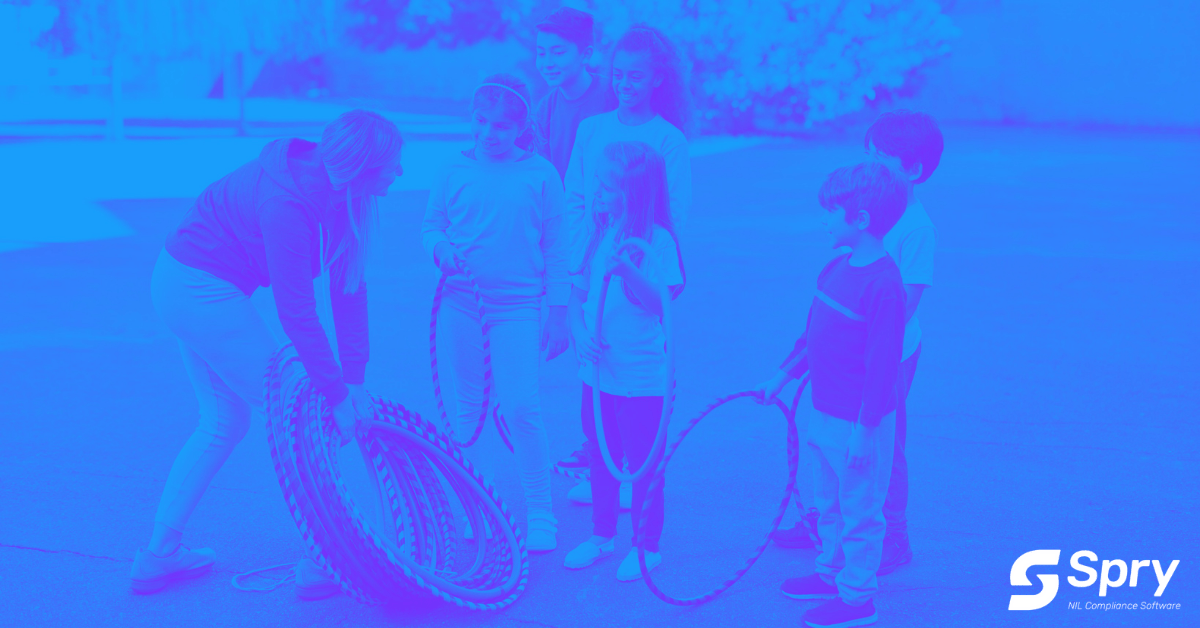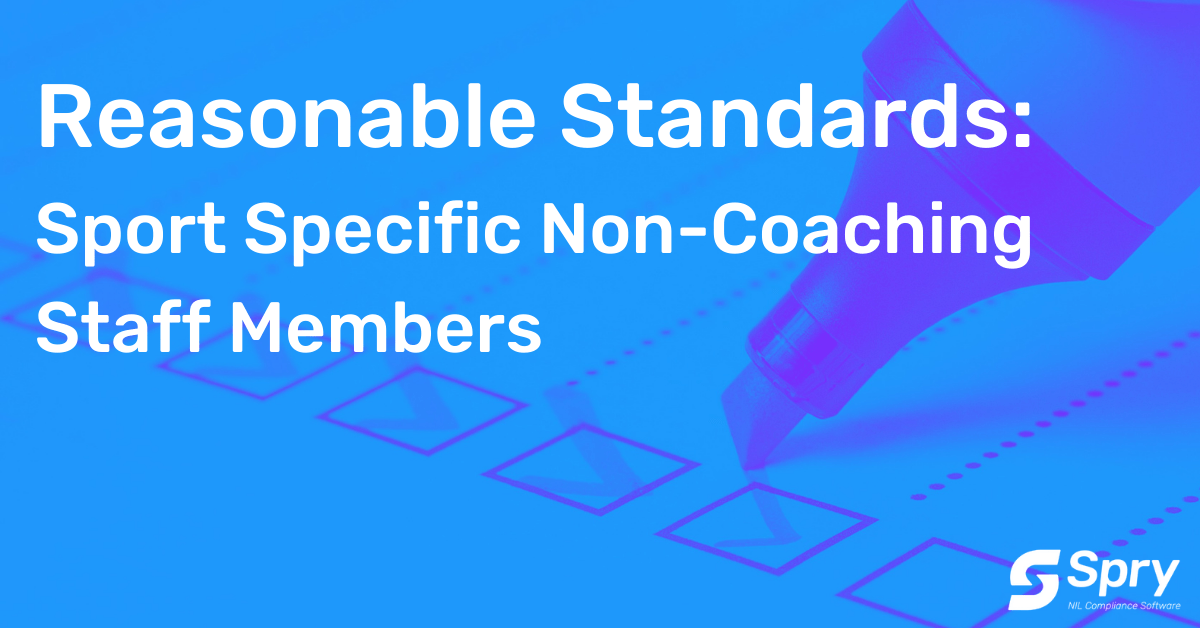Insights
Why It’s Not Too Early To Plan For NIL

A New Normal
There has been much consternation over the changing landscape of NCAA legislation in recent months, particularly as it relates to NIL. Unfortunately, prolonged discussions by the NCAA, as well as various state legislatures and congress, have yielded more questions than answers. What we know is that the future will almost certainly look significantly different than the past in terms of how we define and treat amateurism in intercollegiate athletics. What we don’t yet know are the specific ways in which schools will need to adjust to these changes. What will the NCAA require from a monitoring and reporting standpoint? What will be the resource allocation to institutions, and perhaps most importantly, what will be the overall impact of this new order for less resourced athletic programs? For the purpose of this discussion, I am defining less resourced or those without football programs as all schools outside of the Power Five conferences.
Most discussions of college athletics revolve around the 65 schools that have membership in these five conferences, commonly known as the Power 5 – while acknowledging that the AAC has worked to establish itself as a worthy peer in recent years. However, the Power Five represent a relatively small percentage of the nearly 350 schools in Division I and 1300 NCAA institutions in total. As such, I’d like to explore some of the ways in which NIL might impact the vast majority of NCAA member institutions.
Do Lesser Resourced Programs Need to Worry About NIL?
In conversations with several of my colleagues at schools outside the Power 5, I have encountered what I believe are some common misconceptions about how NIL is likely to function once fully implemented. A common refrain has been, “We don’t have any NFL first rounders or NBA lottery picks so it really won’t be that much of an issue for us.” This view, however, assumes that only elite athletes will benefit from NIL. The reality, even for Power 5 schools, is that very few student-athletes will attain elite status such that they will garner interest for endorsement opportunities at a national level. What is far more likely, however, is that a number of athletes will achieve “local celebrity” status within their school communities and will be attractive endorsement targets for commercial entities such as car dealerships, corner stores and mom and pop establishments. Additionally, thousands of student-athletes in all sports are eager to monetize their “expert” status by running camps and clinics, producing instructional content as well as other sports related entrepreneurial ventures. These types of opportunities will likely comprise the vast majority of NIL transactions and will most certainly not be limited to student-athletes at Power 5 institutions. In my opinion, it would benefit every NCAA school to begin preparing for how they will respond to a post-NIL environment as it will have a profound impact on how athletic departments at all levels will need to conduct business going forward.
Personnel and Resource Issues
The current version of the NCAA’s proposed legislation indicates that there will be some requirement for institutions to monitor NIL transactions for their student-athletes. Additionally, there is also an expectation that schools will provide at least a baseline level of education around NIL issues. The lion’s share of these responsibilities will presumably fall on compliance offices, which at lesser resourced programs, range anywhere from 1-3 full-time staff members. Adding these duties to the task list of compliance units that are already understaffed is problematic. Even more concerning is the fact that adding personnel is simply not feasible from a budgetary standpoint for many institutions. Some athletic departments have even explored the possibility of enlisting their professional schools (e.g. business schools, law schools) to assist with the educational component and the vetting of NIL opportunities. While this an extremely logical approach, it is likely not a very practical one. Given the volume of NIL activity that is likely to exist on most campuses, it doesn’t seem realistic that these campus partners will be able to absorb this vast responsibility into their queue.
Third Party Management Solutions
Many schools have explored the prospect of third party management tools as a potential solution to these issues. While this is a likely course of action for larger athletic programs, it is perhaps an even more necessary approach for lesser resourced programs due to their limited opportunities for staff expansion. Spry’s digital platform will provide a streamlined approach to managing NIL transactions, disclosures and processing of third-party payments at a fraction of the cost of hiring an additional staff member. Spry will also be an invaluable resource for compliance staffs by enabling them to flag questionable transactions and potential impermissible involvement from donors. With personnel and resources at a premium for many institutions, Spry is the ideal too to allow athletic departments to work smarter and not harder while doing more with less.



